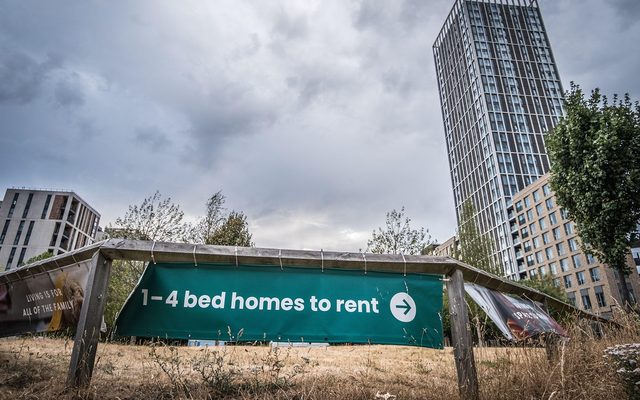This article is from the Australian Property Journal archive
BUILDING surveyors, architects and engineers are finding it increasingly difficult to obtain professional indemnity cover in the wake of the Lacrosse tower fire, the subsequent VCAT ruling and the magnitude of non-compliant clad buildings. Some sectors renewing their cover this year will see costs increase threefold, according to brokers Honan Insurance Group.
Honan construction industry lead Adam Richardson said obtaining insurance cover in the coming year and beyond will be a very costly undertaking and a significant challenge for businesses within the construction and associated industries.
“This is as a result of recent commercial driven decisions by reinsurers combined with the fallout from building disasters such as the Grenfell Tower fire in London and the LU Simon Lacrosse tower fire in Docklands Melbourne and subsequent court ruling by the Victorian Civil and Administrative Tribunal (VCAT).
“This spate of similar losses affecting the construction industries have come together at a time when the building sector is in a very delicate position with a slowdown in approvals / commencements, tighter lending conditions and heightened media and government scrutiny,”
Richardson said conditions have changed and local businesses are having to take out policies with stricter mandates.
“Looking back over the past decade the Professional Indemnity and also Design & Construct Insurance was a relatively soft market with an abundance of capacity, and insurance companies were competing for top line growth or market share.
“From our observations we have noticed this change in insurers appetite and overall approach shifted around end of financial year in 2018 and has continued into 2019 with a shift away from top-line growth strategies with a view of insurers only looking to support profitable business,” he observed.
Richardson said the Grenfell Tower fire in London and Lacrosse in Melbourne has highlighted the issue of non-compliant cladding.
“It has been estimated by planning and fire experts that there may be more than 5,000 buildings in Victoria alone that contain non-compliant cladding, similar to that used on the Grenfell Tower. As a result, non-compliant cladding is well and truly on the radar of insurers – as well as planning authorities and government throughout Australia.
“The spotlight has been put on building surveyors, architects, engineers following the VCAT decision earlier this year that ordered LU Simon to pay more than $5.7 million to the Lacrosse apartment owners.
“However, VCAT ruled that the money would be paid to LU Simon by the architect, fire engineer and building surveyor who worked on the project as they had breached their contractual obligations.
“In the ruling, it was found the architects had failed to remedy ‘defects in its design’, which allowed the ‘extensive use’ of aluminium composite panelling (ACPs). The building surveyor failed to exercise due care, whilst the fire engineer failed to recognise and warn the builder that the ACPs did not comply with the building code.
“Compounding marketplace concern was the flammable cladding fire that spread over several storeys of the Neo200 apartment complex in Melbourne earlier this year further heightening alarm over the use of combustible materials as cladding on high rise buildings,”
Richardson said as a result of these high-profile cases, it is becoming increasingly difficult for building surveyors, architects and engineers to be able to obtain Professional Indemnity cover without strict endorsements and/or exclusions for uncompliant cladding.
“In the case of ‘distressed accounts’ where contractors have had multiple professional indemnity losses or notifications we are finding the local market has become unsupportive and having to resort to Lloyds of London options with strict mandates.
“What’s more, if insurers are not achieving their premium/revenue objectives, they are prepared to walk away! Bill shock will be a significant issue for many organisations when they receive their Professional Indemnity renewals this year with premiums and loadings in some sectors increasing threefold.
“A further issue and concern for businesses will be an inability to obtain cover for cladding exposure and as a result they will not be compliant with their license. The days of just providing a proposal form and renewing insurance and rolling over are gone. Hence Honan are working proactively with its building and construction sector clients to assist them to acquire cover.
“We have been emphasizing the importance of early engagement with our clients as it’s an imperative in the current environment. Underwriters will not positively receive risks which are presented late or close to expiry date and it is vital that proposal forms are submitted well in advance to ensure sufficient time to negotiate the most favourable renewal outcomes.” Richardson concluded.
Australian Property Journal




